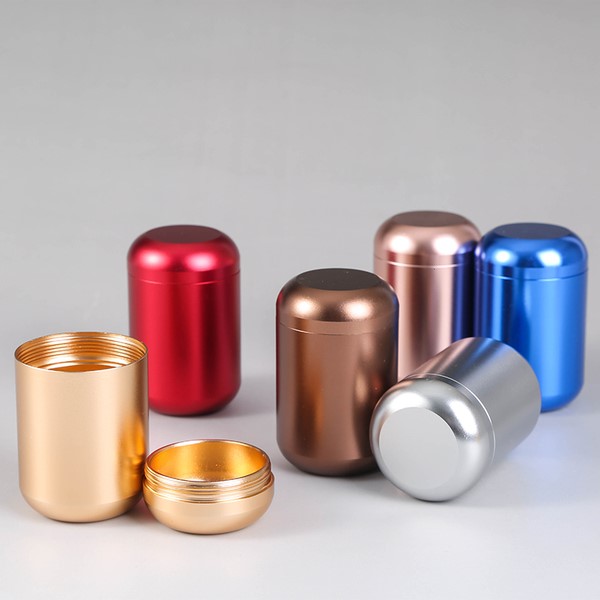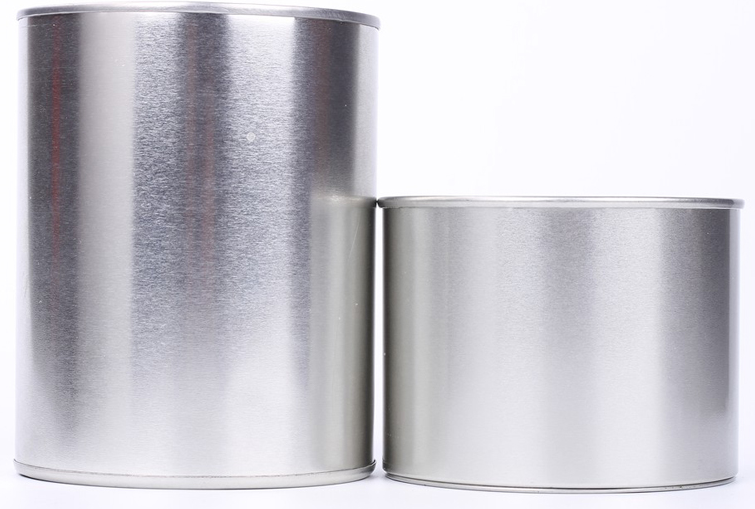Tinplate cans (tin cans) are considered to be one of the most popular packaging materials in the world. These small tin cans are easy to manufacture and inexpensive, and can be made in any color, shape and design. Although the names may imply different, these cans are not actually made of tin. So, what is the tin can made of?
Generally speaking, empty tin cans are made of any thin metal. The range is from aluminum to steel or iron. Although this is not always the case, these small tin cans are usually tinned. Since the 1960s, aluminum has so far become the first choice for the production of small tin cans. The reason behind it is that it is cheaper and easier to form. As a result, the manufacturing process has become cheaper and less time-consuming than before. As we all know, aluminum has the same corrosion resistance, so it is an ideal substitute. Most of the empty cans produced today are made of aluminum or other cheap alloys.
Traditional tinned cans is the only product produced by pure tin is tin foil. This material is usually used for scientific experience, but can also be used to wrap other objects, such as chocolate bars. Because tin can be squashed in a very thin sheet, it allows us to create a large amount of “plating” with only a small amount of tin. In addition to making tin foil, this coating is often used in traditional containers. It is estimated that one pound of pure tin can produce up to 12.08 square meters of tin foil or tin plating. (2018) For this reason, tin has become very popular in electroplating and is often used in pure metal cans.
In addition to the fact that tin can be easily leveled, there is another reason to use it as a plating material. Tin does not interact with oxygen-therefore, it does not rust or discolor, and it is highly resistant to corrosion.
Today, we use most of the tin in the world to produce tinplate cans. These empty cans are mainly made of tinned steel or iron. Therefore, all can only be composed of 1% or 2% tin. This forms a coating on the metal to protect it from the elements. Because of its protective function, the coating can be used for a large number of commercial items, such as tin cans and other packaging.
Aluminum tin can
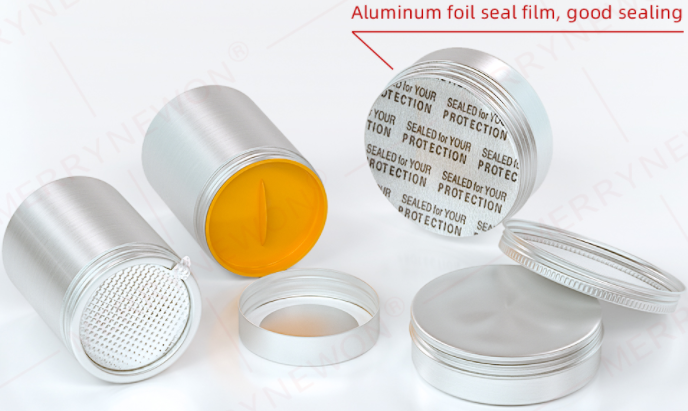
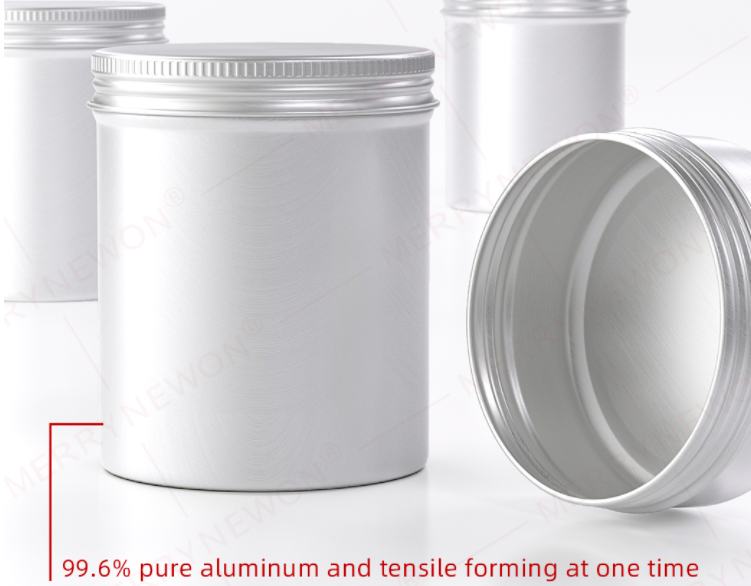
Tinplate
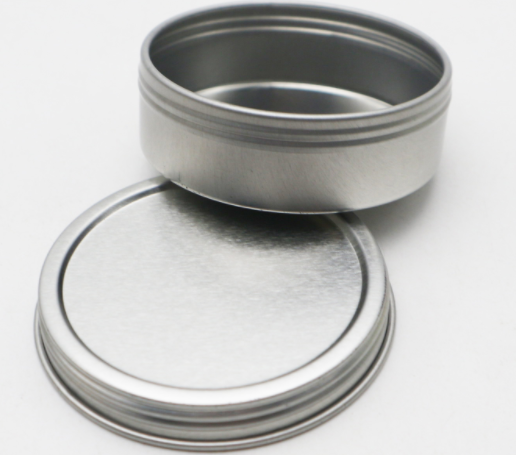

Metal tin can
